How To Repair Fibreglass
Overview
Repairing fibreglass doesn't have to be difficult, find out how using a fibreglass repair kit! This guide will go through the step by step guide to show how to get the best results when using fibreglass. As always, follow the instructions on the product to get the best results as they may vary to this guide.
Here's how:
Learn more about repairing plastic bumpers here.
Items
Steps
Prepare the Surface
Prepare the surface with Septone Wax & Grease Remover to ensure all dirt, grease oil & contaminants are removed.
Let dry completely.
Handy Tip: Cut away damaged area & loose pieces.

Sand the Surface
Sand the surface with sandpaper 80 grit to remove all primer, paint, rust or gel-coat. Sand 2-5cm beyond damaged area & down to bare metal or fibreglass.
When possible, both sides of the damaged area should be repaired for added strength. Depress or slightly bend the edges inward.
Remove all dust created from sanding with a dry cloth or compressed air, then re-clean the surface with Septone Wax & Grease Remover.

Cut the Fibreglass
Cut the fibreglass mat to the required size & allow an extra centimetre around the edges.
On tight curves tear the mat to fit, adding extra pieces if needed.
Put the mat on a clean surface until ready for use (EG Newspaper).
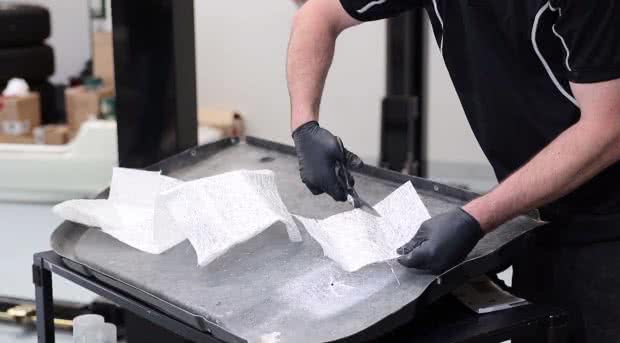
30 Minute Rule
Mix no more resin than what you can use in 30 minutes.
250ml of resin will cover approximately 0.25m2 of fibreglass matting

Mix Resin Thoroughly
Mix the resin thoroughly with Septone MEKP Catalyst:
For 50mL resin on a cold day, use 40 drops of catalyst.
For 50mL of resin on a hot day, use 20 drops of catalyst.

Brush on Resin
Brush a coat of mixed resin on the damaged area extending 5-10cm beyond the repair. Place the first layer of fibreglass matt onto the mixed resin. Use the paint brush to saturate the matt with mixed resin. A dabbing motion will help saturate the fibreglass matt & remove any air pockets.
Continue applying additional layers of matting & mixed resin as needed while the first application is still sticky & wet. If the surface dries hard & is no longer sticky, sand with 80 grit sandpaper before applying additional layers of mixed resin & matting.
Follow the same procedure if both sides are being repaired.

Allow Area to Cure
Allow area to cure, approximately 2 hours at around 23-24 degrees.
Curing will take longer at cold temperatures.
Once cured, sand repaired area with dry sandpaper 80 grit.
Clean area with Septone Wax & Grease Remover

Apply Car Filler
To return the contour or to smooth out low areas in the surface, use a layer of Septone Car Filler. Mix Septone Car Filler with hardener thoroughly & apply a thin layer of filler to the repair surface using firm pressure on the applicator to force the filler into all crevices & eliminate any air pockets.
Gradually apply the remaining Car Filler until it's slightly higher than the edge of the repair.
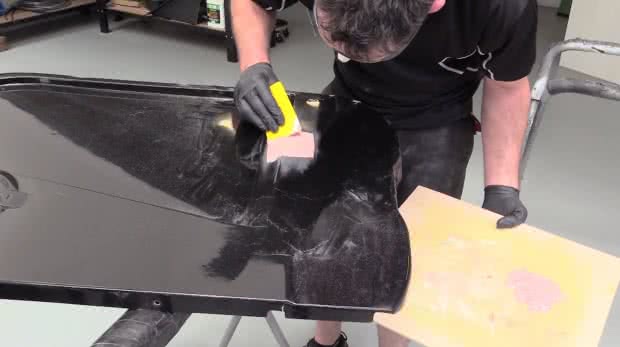
Leave for 30 Minutes
Allow 20-30 minutes for car filler to cure. Sand with 180 grit sandpaper.
Ensure you feather the edges. Re-clean with Septone Wax & Grease Remover.
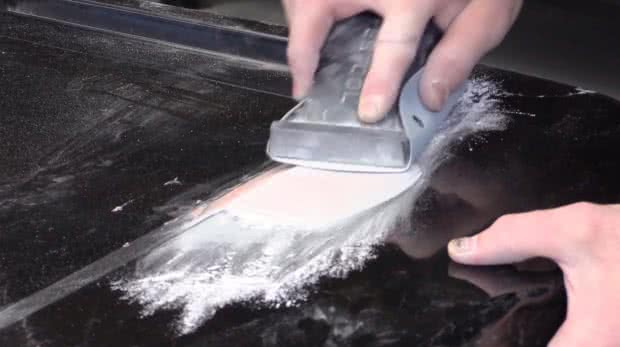
Mask off Area
Mask off the repair area in preparation of the primer coat.
Apply Septone Acrylic Primer Filler over the repair area in thin layers, 3-4 coats.
Leave 5 minutes dry time between each coat.
After the final coat leave to dry for 4 hours or overnight.
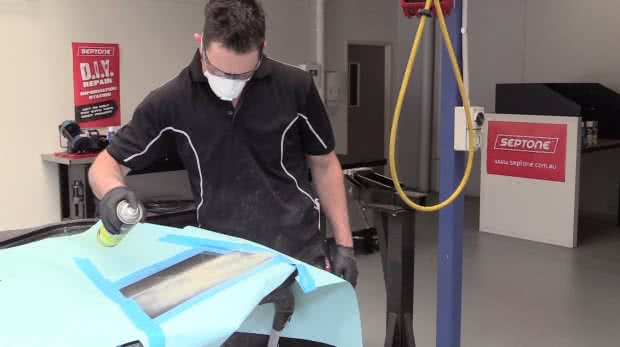
Remove Masking Tape
Remove all masking tape/paper & start sanding repaired area with wet & dry 1200 grit sandpaper. Feather edges & sand until smooth.
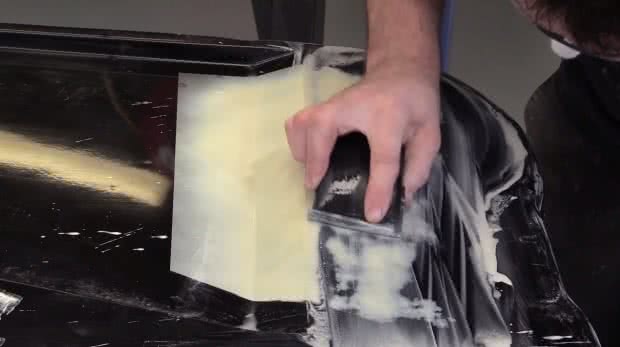
Clean off Wax & Grease Remover
Clean the Septone Wax & Grease Remover.
Your repair is now ready for application of a coloured basecoat.
Select a basecoat colour matched to your original vehicle paint code & apply as directed on the back of the can.

Select the Right Basecoat
When selecting a base coat, make sure you check out the "ColorSpec Paint Mixing" services offered in store while you wait!
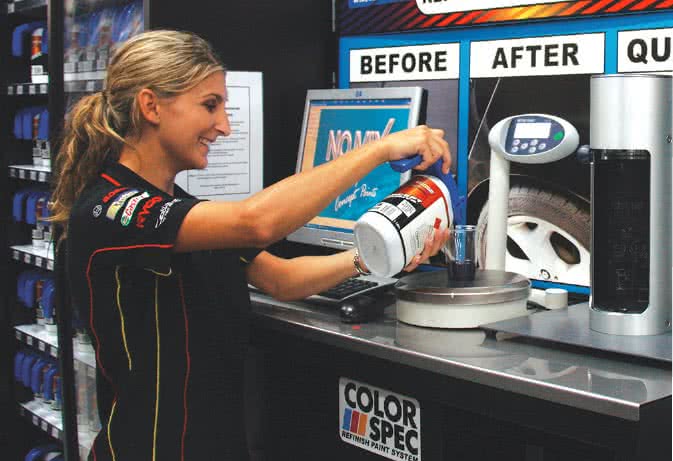
*Important information* - Click here to read more about our DIY Advice Terms and Conditions.